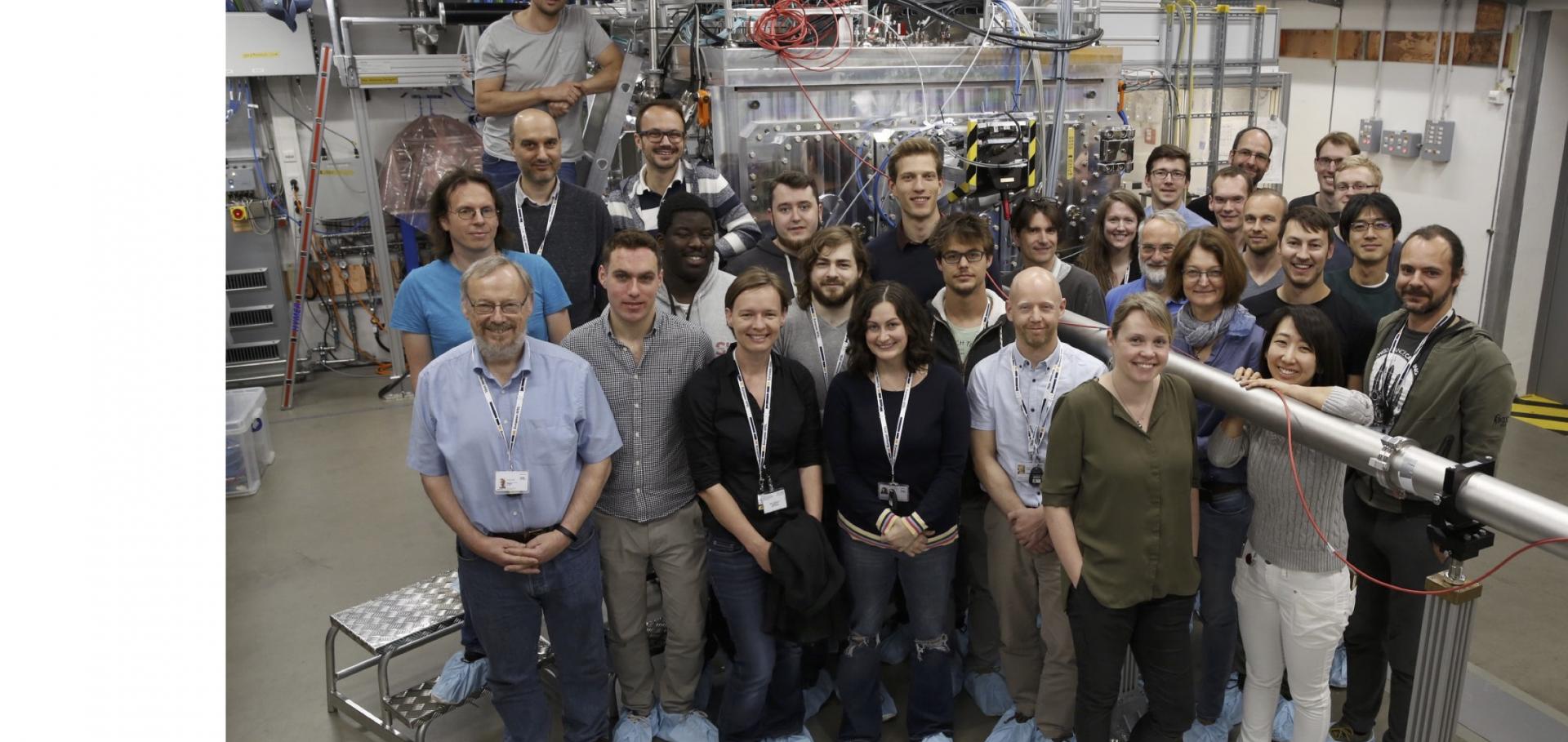Resonant inelastic x-ray scattering in warm-dense Fe compounds beyond the SASE FEL resolution limit
Communications Physics Nature Research 7:1 (2024) 266
Abstract:
Resonant inelastic x-ray scattering (RIXS) is a widely used spectroscopic technique, providing access to the electronic structure and dynamics of atoms, molecules, and solids. However, RIXS requires a narrow bandwidth x-ray probe to achieve high spectral resolution. The challenges in delivering an energetic monochromated beam from an x-ray free electron laser (XFEL) thus limit its use in few-shot experiments, including for the study of high energy density systems. Here we demonstrate that by correlating the measurements of the self-amplified spontaneous emission (SASE) spectrum of an XFEL with the RIXS signal, using a dynamic kernel deconvolution with a neural surrogate, we can achieve electronic structure resolutions substantially higher than those normally afforded by the bandwidth of the incoming x-ray beam. We further show how this technique allows us to discriminate between the valence structures of Fe and Fe2O3, and provides access to temperature measurements as well as M-shell binding energies estimates in warm-dense Fe compounds.Exploring relaxation dynamics in warm dense plasmas by tailoring non-thermal electron distributions with a free electron laser
(2024)
Bounds on heavy axions with an X-ray free electron laser
(2024)
Shock compression experiments using the DiPOLE 100-X laser on the high energy density instrument at the European x-ray free electron laser: quantitative structural analysis of liquid Sn
Journal of Applied Physics AIP Publishing 135:16 (2024) 165902
Abstract:
X-ray free electron laser (XFEL) sources coupled to high-power laser systems offer an avenue to study the structural dynamics of materials at extreme pressures and temperatures. The recent commissioning of the DiPOLE 100-X laser on the high energy density (HED) instrument at the European XFEL represents the state-of-the-art in combining x-ray diffraction with laser compression, allowing for compressed materials to be probed in unprecedented detail. Here, we report quantitative structural measurements of molten Sn compressed to 85(5) GPa and ∼ 3500 K. The capabilities of the HED instrument enable liquid density measurements with an uncertainty of ∼ 1 % at conditions which are extremely challenging to reach via static compression methods. We discuss best practices for conducting liquid diffraction dynamic compression experiments and the necessary intensity corrections which allow for accurate quantitative analysis. We also provide a polyimide ablation pressure vs input laser energy for the DiPOLE 100-X drive laser which will serve future users of the HED instrument.Dielectronic satellite emission from a solid-density Mg plasma: relationship to models of ionisation potential depression
Physical Review E American Physical Society 109:4 (2024) 045204


